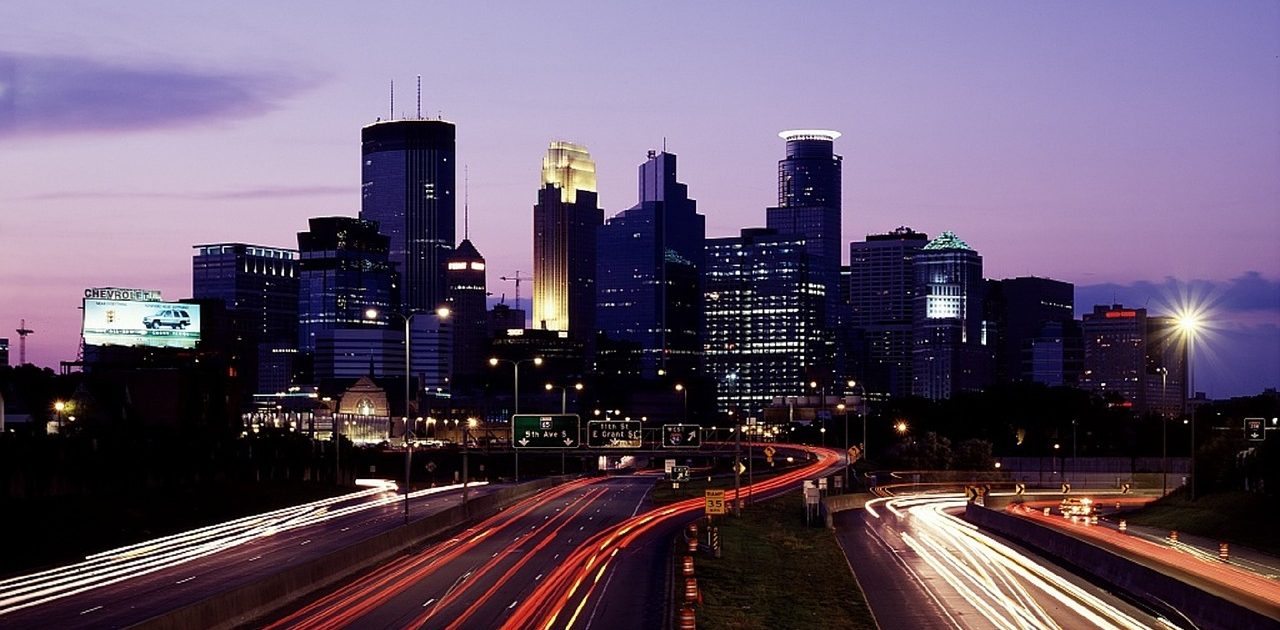What makes a restaurant operator think he or she can succeed in a space where others may have had a good run, but then closed their doors? Sometimes it’s the previous operator’s failings, sometimes it’s the location—the neighborhood’s demographics have changed, lingering road construction scares away patrons or the space is too big or too small or somehow just not right.
The first and obvious reason someone might tackle a closed site is the cost savings, since often the landlord is anxious to get someone in there quickly. There are also factors like the availability of free or cheap furniture, fixtures and equipment (FF&E) that influence the decision, but I’m still curious about what motivates operators to think they can make it in a location where other people could not.
I am especially interested in what’s happening with Don Saunders at the 510 Groveland space, because I loved its previous tenant, La Belle Vie, and was sad when the grand dame of dining closed its doors. And I’m even more interested in the economic reasons behind David Fhima, a well-recognized food talent in this town, going into the old Forum Cafeteria space on Seventh Street in downtown Minneapolis. How can these spaces be resurrected and become economically viable? Let’s look at the discussions I’ve had with the owners and see if we can get some clarification.
510 Lounge
In addition to the 510 Lounge, Don Saunders also owns The Kenwood, a successful “European neighborhood kind of joint” in the Lake of the Isles neighborhood. Being the financial person that I am, the first question I had was if he got a good rent deal, and he replied, “Yeah, I got a really good rent deal and the landlord in this case is a co-op.” What convinced him about taking on the space was that when it closed, a lot of people told him how much they missed the lounge. So he got this idea: Why not open the lounge daily and use the back room as special occasion dining? He put together a smart business model: Lounge dining, with a 50/50 ratio of food to alcohol. Food offerings range from caviar, which he says is actually doing quite well, and cheese or meat plates. On the opposite side of the menu are compelling seasonal entrees. Saunders said the diner has tons of options, and they order in waves. The menu is constantly changing, which is conducive to regular traffic from the neighborhood and frequent diners.
I would guess he has a shot at $1 million to $1.5 million. Check averages should settle in at the $40 range. While it’s still too early to tell, he’s certainly hitting the right niche by not trying to become a spot just for special events.
So what has he done with the old La Belle Vie dining space? (When maxed out, the one dining room seats 64, and the back room, 30—a nice size for events.) The space and décor have that elegance that is so appealing for catered events. They have already started to hit some critical mass, averaging two to three events per week. The beauty is that they only charge for the rooms, when someone wants to buy out the entire space. Also, they have been able to utilize existing staff to also serve the private dining. The beauty of private dining is all fixed costs are covered by the day-to-day operations of the lounge.
These costs are all variable, so he could definitely do revenues north of $2 million to $3 million—which is a business plan with considerable protections and upside. Now let’s look at the Forum space, which David Fhima is taking over.
Forum Space
I started out by asking Fhima why he was going into that space. His answer blew me away. He’s currently utilizing the kitchen and the culinary facilities for his existing businesses, which are multifaceted: supplying Target Center with catering and event planning, working at the Mayo building, specialty nutrition program for athletes, working for Lifetime, and a myriad of foodservice and commercial enterprises. This really forms the basis for him going into this space because a lot of the venues that he’s servicing are right across the street. A restaurant in that space will come later.
Why go downtown? Fhima said they got the best rent anyone has ever gotten in that space, and because of their diversification, they have been able to justify the rent and the low base with the potential upside for the landlord. Fhima said it wouldn’t make sense to go into that space if they were only doing a restaurant. What does make sense is to put a $5 million to $8 million outside catering business in the space, while also having a restaurant with large private dining facilities. The restaurant is scheduled to open in the spring after the Super Bowl.
I love what Fhima said about the new restaurant ventures being “The Guggenheim meets The Louvre”: a combination of utilizing the avant-garde nature of the space as well as some basic, strong aspects of Fhima’s cooking style. It’s a unique opportunity to take an iconic space, utilize it for semi-commercial purposes, and then have a retail space, a traditional restaurant space and private dining. What Fhima recognized is just doing a restaurant would probably result in the same issues that other concepts have had in that space, but by taking the pressure off a single fine-dining restaurant, you can then free yourself up to make serious profit.
So is that our answer: Using iconic spaces differently than originally intended, particularly with 510 and the Forum space? These uses should generate substantially more revenue and profit than with an ordinary restaurant setting.
From the November 2017 issue of Foodservice News
Author
-

Co-founder and chairman of Monroe Moxness Berg PA, Dennis is a pioneer in corporate financing with a broad network of finance contacts and clients. He assists businesses, from emerging companies to multi-national firms, by providing creative ideas, identifying unique financing sources, and developing the financial tools necessary for their growth and development.
